Investor’s Guide to Charting: Analysis for the Intelligent Investor
$11.94
| Author(s) | |
|---|---|
| Pages |
254 |
| Format |
|
| Publication Year |
2003 |
Investor’s Guide to Charting is packed with purpose-drawn charts and worked examples, and explains in detail how charting theories work. Written with the private investor’s viewpoint in mind the book’s coverage will give you all that you need to start practicing technical analysis and, unlike other books on the subject, will also interest the more sophisticated, experienced practitioner by Comparing technical analysis with fundamental analysis.
Introduction:
Chapter 1 puts charting in perspective. It compares the approach with fundamental analysis and finds a few points of agreement. It deals, only briefly, with the supposed crowd psychology explanation of why charting might work. This book is not a justification of charting, but an exploration.
Chapters 2, 3 and 4 are an account of the chartist’s tool box. Here you will find and should be able to get behind everything from a trend line to Welles Wilder’s RSI. Chapter 4 includes the complete methods of working out some of the popular mathematical indicators. This is the ‘hardest’ section of the book and you may wish to skip it on first reading. Worked examples are given which will enable you to set up technical analysis programmes on a computer spreadsheet or, if you have the time, on paper.
Chapters 5 and 6 deal with two specialised forms of charting: Japanese candlesticks and point and figure charts. Chapter 7 deals with the prominent charting theories, including Elliott Wave Theory, the Coppock indicator and the outlandish notions of W.D. Gann. Chapter 8 briefly covers a few people who have made documented fortunes from charting techniques. Not all of them hung on to these fortunes.
Chapter 9 is a key part of the book. In most books on the subject, you will find what you may consider an undue preponderance of charts showing successful charting signals: this head and shoulders heralded a price decline of 50 per cent and so on. But a large fraction of charting signals fail. Chapter 9 includes ten years of share price graphs for the UK’s top 20 quoted companies. Each is examined to show what signals it gave and whether they were successful. You will gain a lot of understanding by working through this chapter. Chapter 10 gathers together a few conclusions for all investors and considers how you might put charting techniques to use. The internet has been a boon for chartists. Chapter 11 surveys this development.
Contents:
- The art of the chart
- The trend is your friend: basic components of any price chart
- The head and shoulders and friends
- The supporting cast: secondary signals to support the main conclusion
- The technique from Japan: an introduction to candlestick charting
- Is the price moving? Really moving? – Point and figure charts
- A quick guide to the chartist gospels
- Whoever made money from charting?
- A modest grapple with real life: a look at some real charts
- Will it work for you?
- Net gains for charting: what the internet can do for chartists
Guide to Charting: An Analysis for the Intelligent Investor By Alistair Blair pdf
8 reviews for Investor’s Guide to Charting: Analysis for the Intelligent Investor
Clear filtersOnly logged in customers who have purchased this product may leave a review.




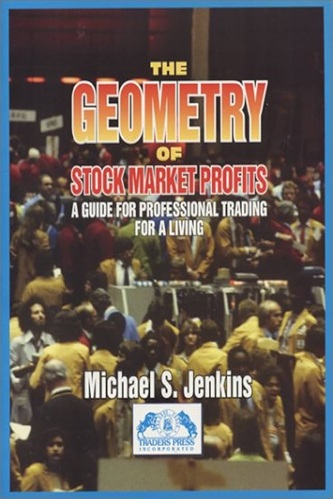
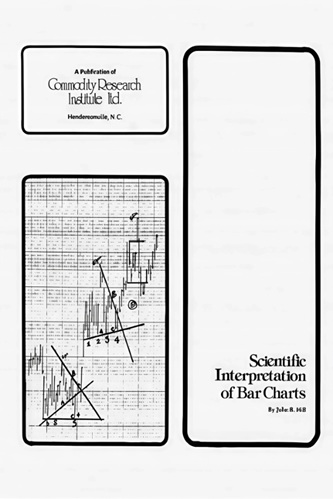
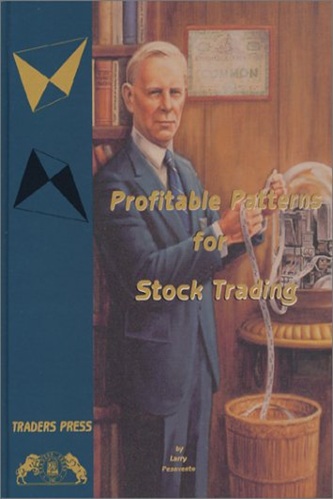
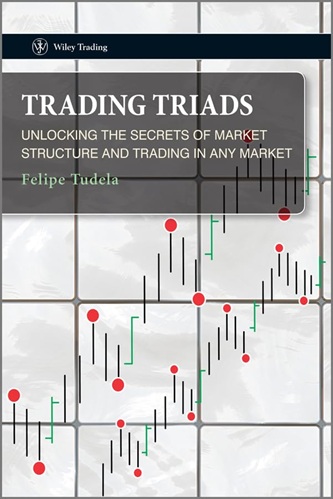
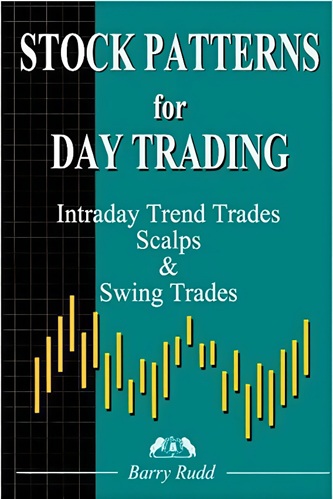
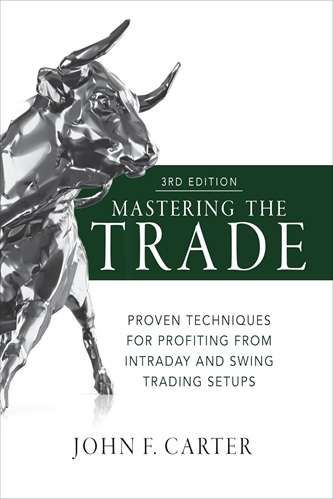
Zachariah Corona (verified owner) –
Chapter 8 is titled “Whoever Made Money From Charting?” and lists six chartists with varied levels of success and failure. The “Further Reading” section of the book lists books important to chartists and charting, and some technical analysis classics. But the author fails to mention Nicolas Darvas anywhere in his book. He is probably the most famous person to use technical combined with fundamental analysis to go from a bankroll of $3,000 to over $2 million in 18 months. His subsequent book detailing his trades and life story titled “How I Made $2,000,000 in the Stock Market” became a trading classic. His “Darvas Box Theory” for trading is still in use today, and I feel this should have at least been examined and given fair testing as was the case with other technical indicators. I don’t like to think that this omission was due to Alistair Blair’s cynicism for chartists, but perhaps subsequent editions of the book will examine it.
Princeton Hodge (verified owner) –
Clear, practical information.
Zakai McKay (verified owner) –
The thing I liked most about this book was that the author, Alistair Blair, approached the subject with the same mindset as me, this can be best summed up as, “Yeah, right, charts tell you what happened in the past, not what is going to happen in the future”. This theme of being an open minded sceptic is kept up all the way through the book. In other words he is not trying to convince you of his opinion that technical analysis is a fantastic way to make money, merely that there may be something in it, and, consequently, every investor should have some knowledge on the subject.
The book is laid out in a very logical order – a few chapters succinctly explaining the most commonly used signals showing times where they worked AND where they failed, biographies of investors who have made and lost fortunes through charting, some worked examples and finally practical advice about how technical analysis can be applied.
If you never knew anything about charting before, this book will allow you to go onto your favourite share trading website and suddenly understand what many of the different statistics and graphs mean. Whether it will improve your share trading performance, I’m sure the author would agree, is entirely up to you.
Coraline McCormick (verified owner) –
Great book that helps to make sense of some fairly complicated concepts in a manageable way. I come from finance background but had no experience of technical analysis for trading purposes. This is easy to follow and a good start point for charting.
Addisyn O’Connor (verified owner) –
I found this book very heavy going and did not really understand the explanation of the technical terms used. Don’t ask me what a MACD is.
Otherwise,the explanation of charting as a tool of investing was very interesting.
Jasiah Wilson (verified owner) –
I am only 3/4 of the way through this, but I feel compelled to write a review.
I picked this up after the recommendation in Robbie Burns’ ‘Naked Trader’ book, hoping that it share similarities in its readability and informative content. I was not disappointed, and I would recommend this as THE introduction and reference guide to technical analysis in the UK market.
The author regards technical analysis with suspicion, being predominantly a value investor himself, and as such offers a fresh perspective compared with much of the (predominantly American) literature on the topic. He provides an unbiased and realistic view of the subject matter.
Each subject is covered fairly briefly , some very briefly, but always enough to gain a good understanding of the basic principles. There is recommended further readings on areas that might take your fancy, and a balance of examples and evidence showing when technical analysis has worked and when it hasn’t so you can make up your own mind.
I’ve said it before and I’ll say it again, I would recommend this to ANYONE interested in investing even if they are dismissive of charting. It is THE introduction to and reference guide for charting.
Marianna Correa (verified owner) –
Those who know how to trade, trade.
Those who know how to write, write.
With a few exceptions, those who don’t know how to trade, write.
There are thousands books about technical analysis or trading in general. This is one I would avoid.
The author obviously had not done enough research on the successful traders he wrote about in the book.
Take, Stanley Kroll, which had been a great success (he passed away in 1999) and had written a few insightful books you can find at Amazon. The author stated that he did not used moving averages. But in Kroll’s book, he used moving averages extensively for trend trading and keep it simple.
Luna Escobar (verified owner) –
Blair provided a balanced perspective of the use of charting. In each case, he provided real examples where the interpretation of the charting method yield the expected result, and also those that didn’t.
Blair advised a fair skeptism of using charting tools independently of other investment tools.
A broad overview of the common tools is provided, and this book is recommended for anyone who’s getting into charting for the first time. He provided a concise description of each and its use, and also recommended a list of readings for those who would like to get into more details. Personally, this was a quick jump-start for me.
This book is easy reading.